Fiona Pardington's A Beautiful Hesitation
An aroma of death and decay perfumes this extraordinary survey of Fiona Pardington's work with faint forensic scents of camphor and formaldehyde. Eight large-format still-lifes dominate the main room, while other works reveal progressive developments in style and subject-matter. Curator Aaron Lister uses terms like '"hypnotic" and "uneasy" to introduce these photographs, but it's their oneiric and eidetic qualities are the most striking.
Pardington's lushly opulent and painterly approach is achieved by printing her digitally-enhanced colour photographs on gesso grounds, infusing them with a richness of texture that invokes Vermeer and Rembrandt. Echoes of 16th-century vanitas traditions merge with mysterious invocations of memento mori as cultures collide across vast oceans.
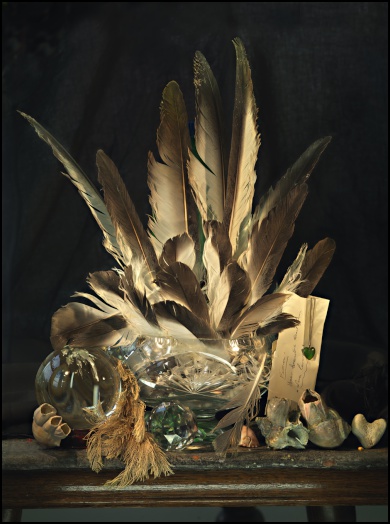
Still Life
with Albatross Feathers with Pounamu and Coral Hearts,
Courtesy of the artist and Starkwhite, Auckland
Voluted bivalves display coruscated carapaces, pomegranate seeds spill into perspective, and mineral deposits glitter on wave-worn glass-ware. all features emerge from textured velutinous backdrops under multiple light sources reflected and refracted back at the viewer. They convey a mirror-like quality that solicits us into her uncanny realm of curiosities. Pardington has described her work as a "hesitation in time". Similarly Roland Barthes suggested that a photograph creates a false illusion of what is. What has ceased to be is a more accurate description of the photographic process. Instead of making reality solid, it invokes the physical world’s eternal mutability.
Presented with a variety of ornithological specimens, castaway detritus, glaucous glass, jewelry, colloidal candle sticks, and dead flowers, we're left with an overwhelming impression of transience. These salvaged materials are sedimentary traces of personal history, laden with complex connotations of temporality - "every object has a particular meaning for me, a certain feeling, an emotion, a history, often a history I can sense, even though I can't tell you it's story."
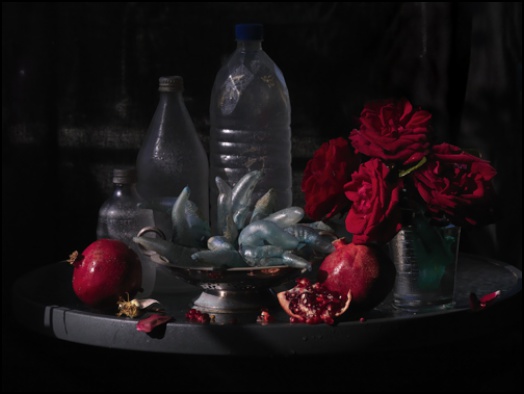
My Mother's Roses, Pomegranates and Silver Platter of Ihumoana, Courtesy of the artist and Starkwhite, Auckland
An obsession with "found texts" and "private desires" is equally apparent in an inkjet print of the Marquis de Sade's skull; C19th century museum display cases of Amanita Muscaria and Cantharella Tubeformis; a death-cast of the French phrenologist Dumoutier's recently-deceased daughter; and a luminous bottle of Thebaic Opium.
It's the monumental triptych Portrait of a Life Cast of Matoua Tawai which stands out as the high-point of the exhibition. Serendipitously discovering this obscure object in La Musee de l'Homme, Pardington overcame the two-dimensionality of the pigment inkjet process by documenting her tipuna from three different angles. Reminiscent of a police mug shot, and just as inscrutable, was he a genuine moku-faced Maori chief, or merely a slave posing as one?
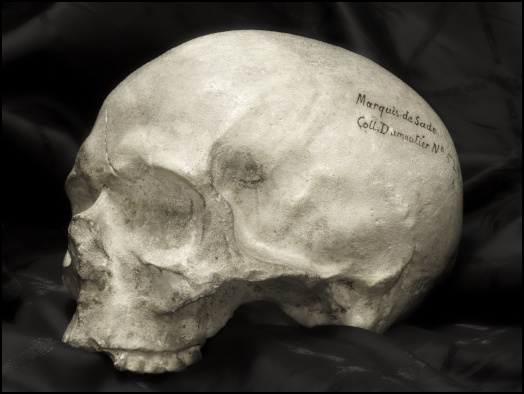
Moonlight de Sade, 2010, Courtesy of the artist and Starkwhite
Pardington's technical expertise in digital manipulation and prowess in analogue hand-printing is undeniable. She employs long, multiple-flash exposures for her monochrome work, which at times appears almost abstract and then precise at others - compare the c-type print Huia Bird Beak with the silver gelatin Huia Beak and Claw Jewelry. Her skill in designing, lighting, printing and framing is exquisite.
Pardington's earlier feminist work explores the male gaze, the boundaries of sex, violence, and masochism, and creepy medical textbooks. Images of bruised and punctured flesh, necrotic skin covered with smallpox, abscesses, and cysts are not for the squeamish. The eerie, subaqueous glow that suffuses another triptych entitled Cast of a Man with Severe Syphilis is especially striking. Rarely has the nexus between desire, pain and perversion been explored so programmatically. Is Gigi in her underwear meant to be stepped on or over? The hanging makes impressive use of the gallery space, providing ample room for the prints, which are never cramped together. We're invited in toward the images, allowing us plenty of time to absorb their full scale and presence, while the curation provides them with sufficient breadth to feel both expensive and expansive. This is an important exhibition by a major New Zealand artist that shouldn't be overlooked.
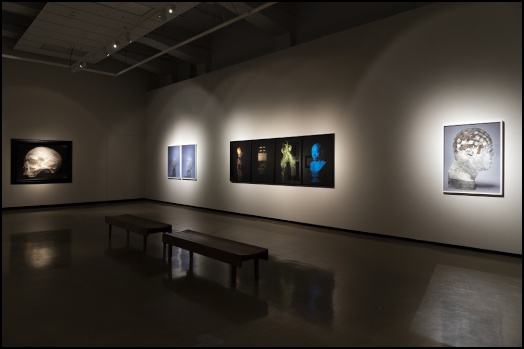
Installation view at City Gallery Wellington, 2015, Shaun Waugh



 Gordon Campbell: On The Coalition’s Awful, Not Good, Very Bad Poll Results
Gordon Campbell: On The Coalition’s Awful, Not Good, Very Bad Poll Results Ian Powell: Policy Vacuum Enables For-profit Corporate General Practice Ownership By Stealth
Ian Powell: Policy Vacuum Enables For-profit Corporate General Practice Ownership By Stealth Gordon Campbell: On Iran Killing Its Rappers, And Searching For The Invisible Dr. Reti
Gordon Campbell: On Iran Killing Its Rappers, And Searching For The Invisible Dr. Reti Peter Dunne: MPs Unusually Quiet On Pay Rise
Peter Dunne: MPs Unusually Quiet On Pay Rise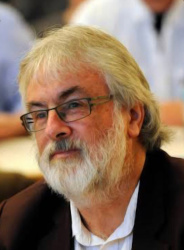 Ian Powell: Cuba And New Zealand: A Relationship Worthy Of Strengthening
Ian Powell: Cuba And New Zealand: A Relationship Worthy Of Strengthening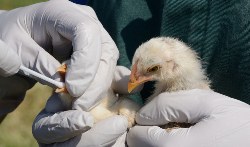 Gordon Campbell: On bird flu, AUKUS entry fees and Cindy Lee
Gordon Campbell: On bird flu, AUKUS entry fees and Cindy Lee